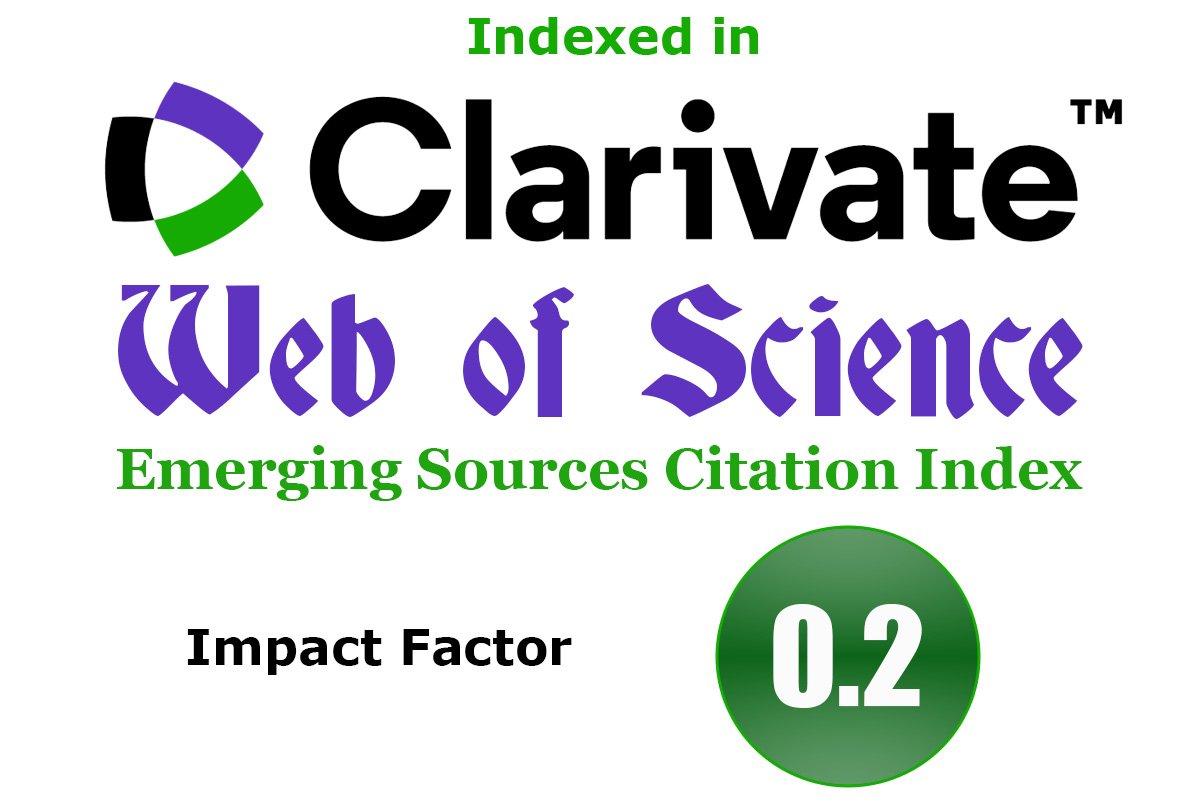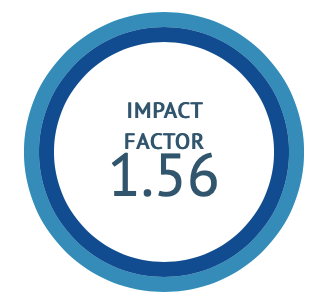Phytochemical Screening and Thin Layer Chromatography of Successive Solvent Extracts of the Medicinal Plant Maytenus emarginata
DOI:
https://doi.org/10.47552/ijam.v16iS2.6166Keywords:
Celastraceae, Maytenus emarginata, Phytochemical screening, Secondary metabolites, Thin-layer chromatographyAbstract
Medicinal plants have long been recognized for their therapeutic potential, with phytochemical screening serving as a crucial step in understanding their bioactive constituents. Maytenus emarginata, a member of the Celastraceae family, has garnered attention for its diverse secondary metabolites. This study aimed to analyze the phytochemical composition of M. emarginata leaves through qualitative screening and thin-layer chromatography (TLC). Extraction was performed using chloroform, methanol, and aqueous solvents, followed by the identification of compounds such as flavonoids, alkaloids, tannins, and sterols. TLC profiling provided insights into compound separation, revealing varied retention factor (Rf) values across different extracts. The qualitative analysis of M. emarginata leaf extracts identified the presence of secondary metabolites. Alkaloids were detected in chloroform and aqueous extracts, while flavonoids and sterols were present across all extracts. Among the three solvents used, aqueous extraction yielded the highest extractive content (6.03%), followed by methanolic (3.95%) and chloroform (1.44%). TLC confirmed the presence of multiple phytoconstituents across extracts. The chloroform extract exhibited 6 spots under normal and short-wave UV and 7 under long-wave UV, indicating a broad range of compounds with Rf values from 0.62 to 1.0. The methanolic extract showed up to 4 spots under long-wave UV, while the aqueous extract displayed a single UV-active compound (Rf = 0.68). Qualitative phytochemical screening of M. emarginata suggests a complex chemical makeup, underscoring the need for quantitative HPLC analysis. Further research should emphasize the isolation and structural characterization (NMR, MS) of individual compounds.
Downloads
Published
How to Cite
Issue
Section
License
Copyright (c) 2025 International Journal of Ayurvedic Medicine

This work is licensed under a Creative Commons Attribution-NonCommercial-ShareAlike 4.0 International License.
The author hereby transfers, assigns, or conveys all copyright ownership to the International Journal of Ayurvedic Medicine (IJAM). By this transfer, the article becomes the property of the IJAM and may not be published elsewhere without written permission from the IJAM.
This transfer of copyright also implies transfer of rights for printed, electronic, microfilm, and facsimile publication. No royalty or other monetary compensation will be received for transferring the copyright of the article to the IJAM.
The IJAM, in turn, grants each author the right to republish the article in any book for which he or she is the author or editor, without paying royalties to the IJAM, subject to the express conditions that (a) the author notify IJAM in advance in writing of this republication and (b) a credit line attributes the original publication to IJAM.





